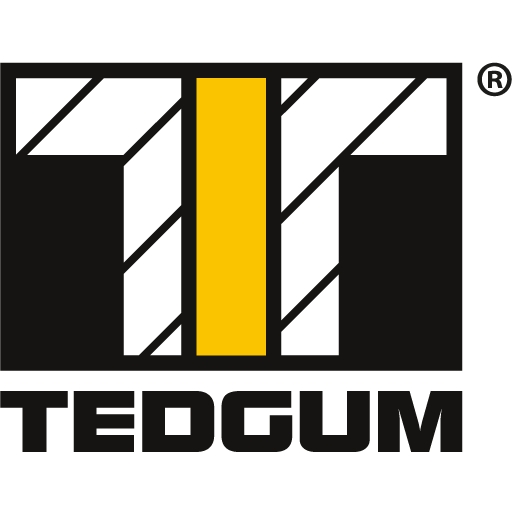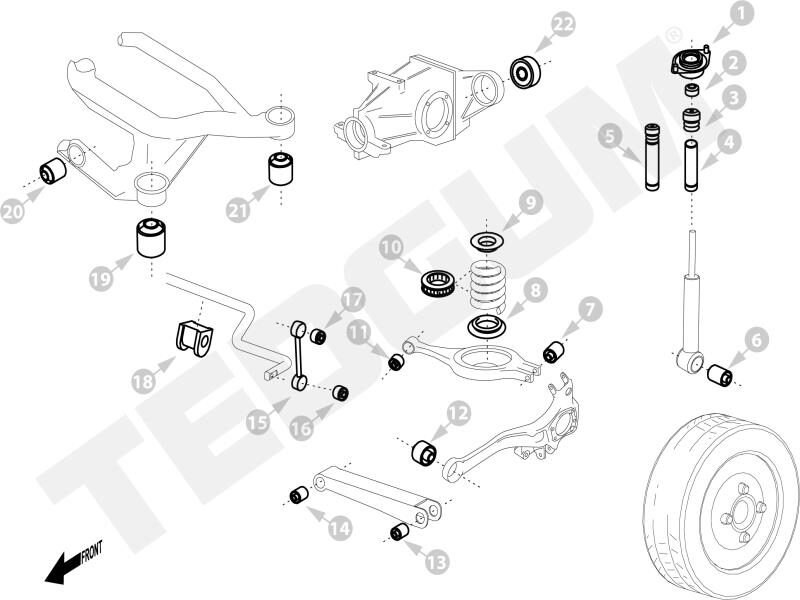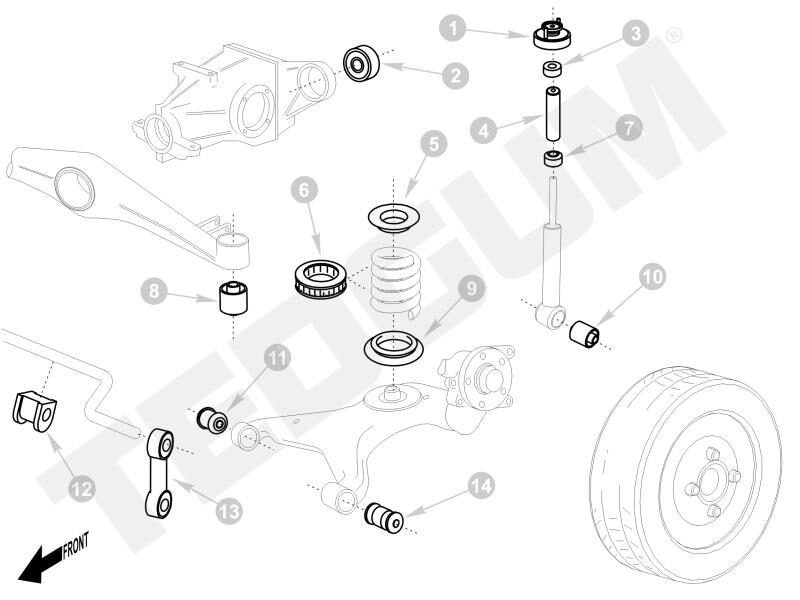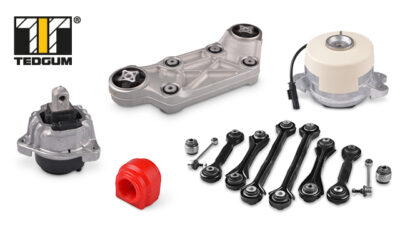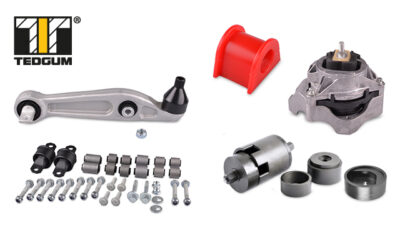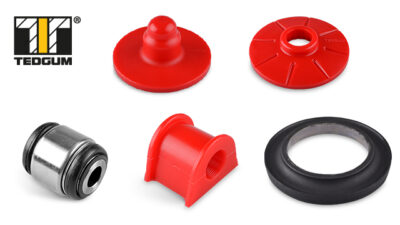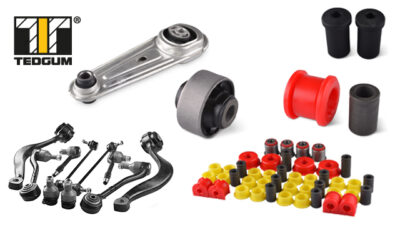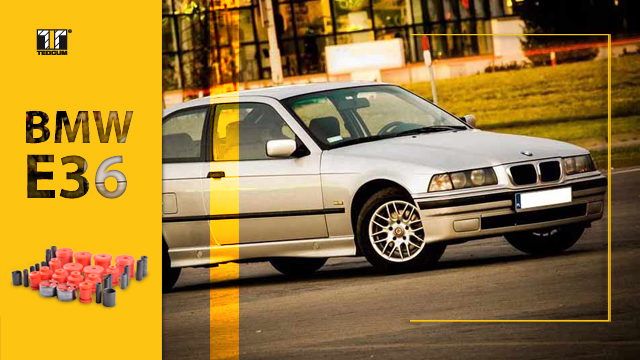
The BMW E36 is the third generation model of the 3 Series, which is the successor to the iconic E30, and the car produced since 1990 has become an interesting youngtimer, especially appreciated for its driving characteristics. As for the body type, you could choose between a calm sedan, a steady station wagon, a sports coupe, a cabrio or a compact.
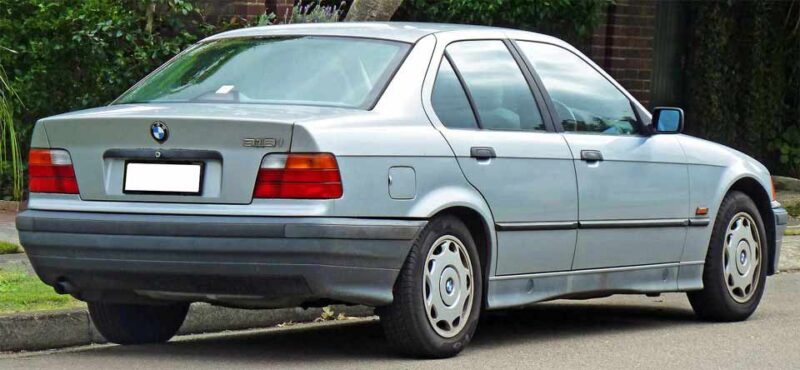
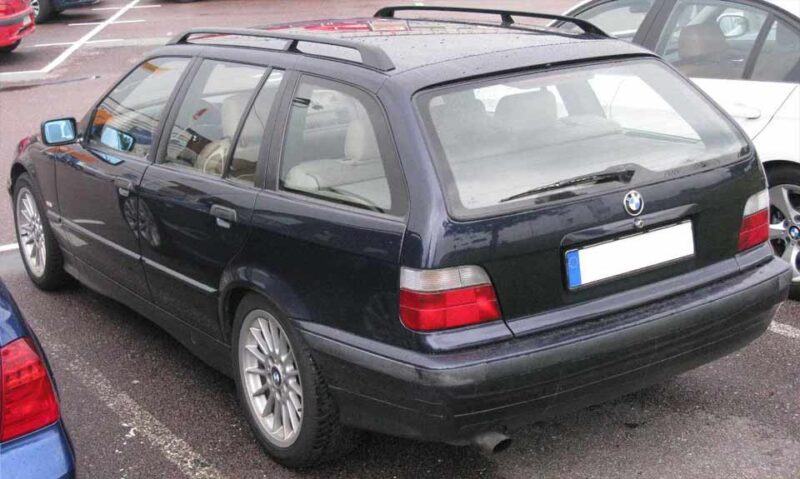
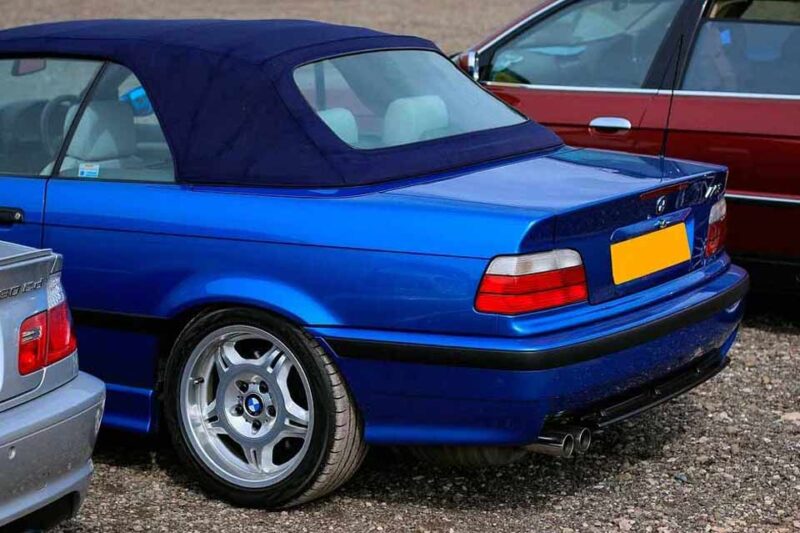
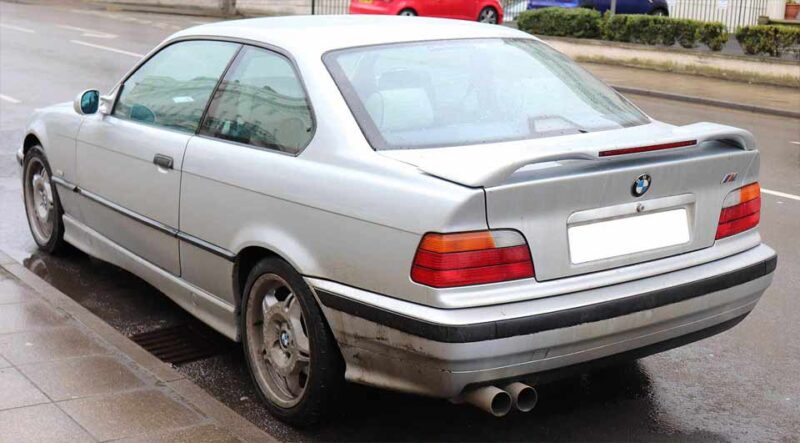
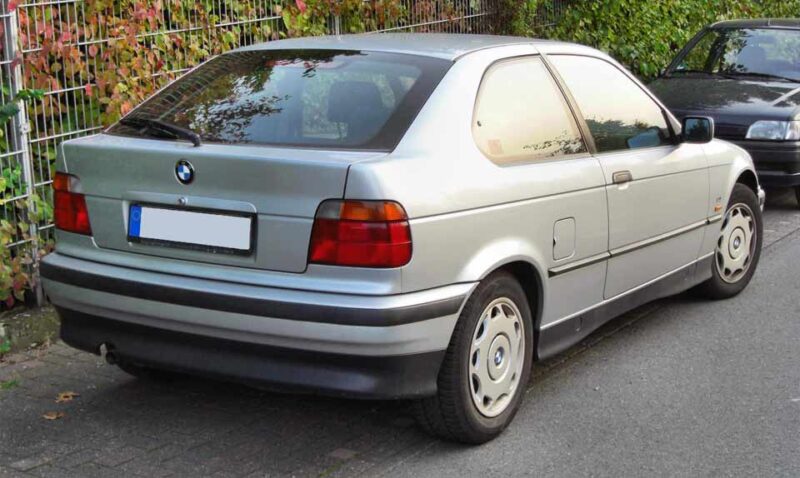
What engines did the E36 have?
12 gasoline and 3 diesel engines are a wide range, which was opened by the eight-valve 1.6 unleaded petrol and 1.7 (318tds) diesel version. The most powerful unit is the inline six with a capacity of 2.5 liters for the diesel engine (143 hp) and 3.2 liters for petrol engines (M3 321 hp). Such a wide range of engines made it possible to choose the right unit for a wide range of customers.
The beginnings of the BMW E36
At the time of its appearance, the E36 was a symbol of social status, so it was a model sought after in Western Europe by young directors and managers. It happened so for a reason. The car is known for its excellent driving characteristics, has an optimal weight distribution, and the sporty characteristics of the suspension. All that allows you to enjoy driving in tight corners and to control the power even in the case of larger 6-cylinder engines.
The chassis in the E36
The excellent driving properties resulted from the use of a multi-link (multi-link) system on the rear axle of the car. It was a significant change compared to the previous series 3 models. An interesting fact is that the E36 lacked the 4-wheel drive version, which was available in both the previous and the next generation.
Compact E36 – similar, but different
In 1993, the offer was extended to include the compact model, which implemented the idea of an urban hatchback made by BMW. Apart from the external appearance, this model also differed in design from the other versions of the “three”. The rear suspension of the vehicle was based on trailing arms, as was the case in the previous generation – the BMW E30. Interestingly, BMW created the E36 Compact prototype in the top version of the M3, which was never mass-produced.
M3 – even more of the good
The first versions of the top model of the E36 were powered by the S50B32 engine. The engine had 6 throttles, 1 for each cylinder. This did not apply to the USA and Canada versions, where the standard intake manifold with 1 throttle was mounted. This solution resulted in a power drop of about 40 hp. The reason for this design change was the legal regulations present in these countries.
After the facelift, the engine of the M3 was enlarged to 3.2L. Thanks to the changes, the power was 321 hp, but again the US and Canadian versions did not offer the same performance. The engine offered for North America was the S52B32 and, as before the facelift, it offered 243 hp, but its torque increased to 320 Nm. For comparison, the S50B2 offered in other countries generated 350 Nm.
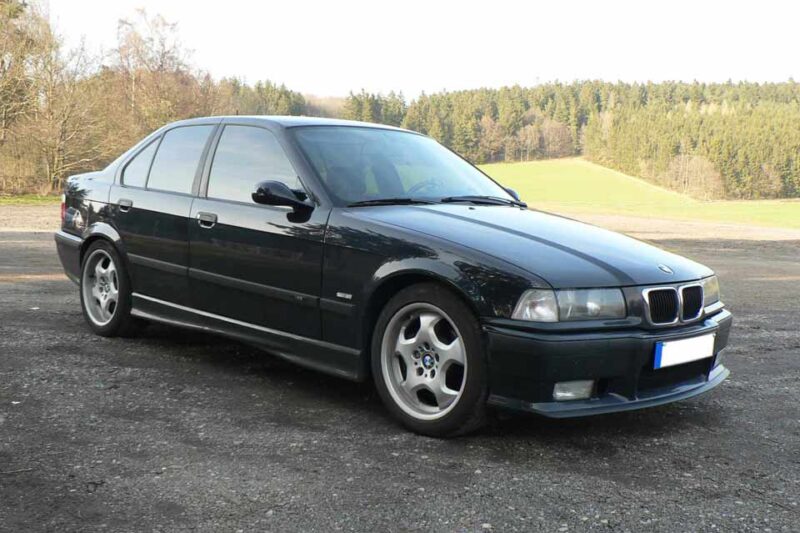
An interesting difference with the M3 suspension was the difference to the standard model in the use of a different front control arm bushing. In the M3 this bushing is eccentric, while in the models without the “M” the bushing was centric.
Problems of the youngtimer E36
Today, the biggest enemy we have to face when buying and maintaining the E36 will be corrosion. Unfortunately, this is a problem for many youngtimers. The number one point that you need to check before buying will be the thresholds, and it is especially worth looking under the plastic covers, if any. Many users faced the problem of overheating the engine or the lighting of the dashboard. Of course, after many years, the suspension system will undoubtedly also need to be checked and will most likely require a service.
Polyurethane or tradition?
When renovating the suspension, we can focus on the classics to remain faithful to the original, i.e. choose rubber and metal-rubber elements. The use of rubber elements will ensure the factory condition, which may be a plus for possible future buyers looking for a youngtimer.
Choosing polyurethane can additionally improve the driving characteristics, which can be an advantage when using the E36 more actively, e.g. in drifting, racing or just tuning. Such an operation will significantly improve control over steering and make the steering more precise. High overloads that occur during intensive operation of the system during sports driving can significantly shorten the life of the rubber elements. With the correct use of polyurethane, we can forget about re-exchanges. Remember that when renovating the suspension, it is worth acting comprehensively, leaving nothing for later. Thanks to this, we will save on setting the geometry after each replacement.
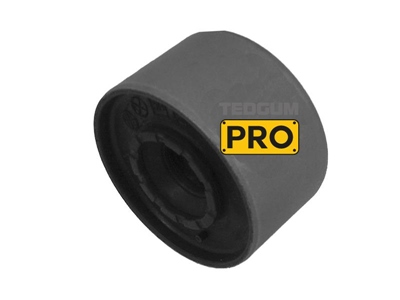
In addition to the references of the original design, our offer includes rubber elements from the PRO series as well. e.g. reinforced front wishbone bush 00088187
Suspension bushing kits for E36
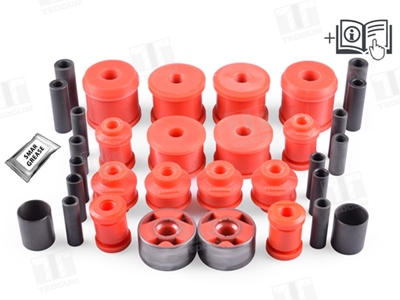
The TED11802 polyurethane bushing kit includes all the elements necessary for a complete front and rear suspension service, except for the anti-roll bar bushing. Due to the different diameters of the anti-roll bars, these elements should be selected separately from the set.
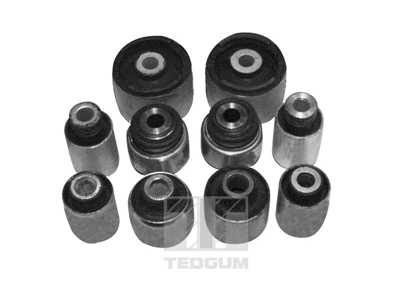
Our offer also includes sets with metal-rubber sleeves 00089189 and individual suspension elements, engine suspension and anti-vibration elements for the drive shaft.
(zdjęcie kompletu metal-guma)
